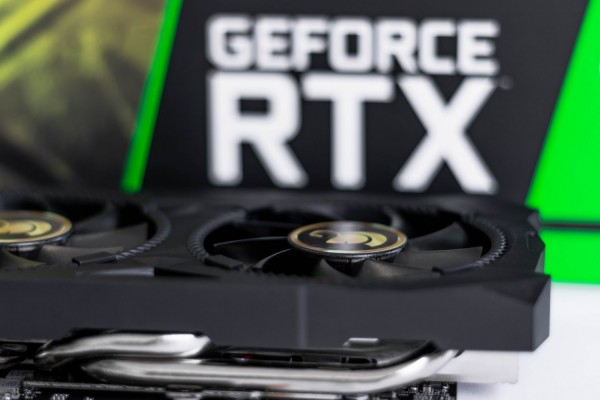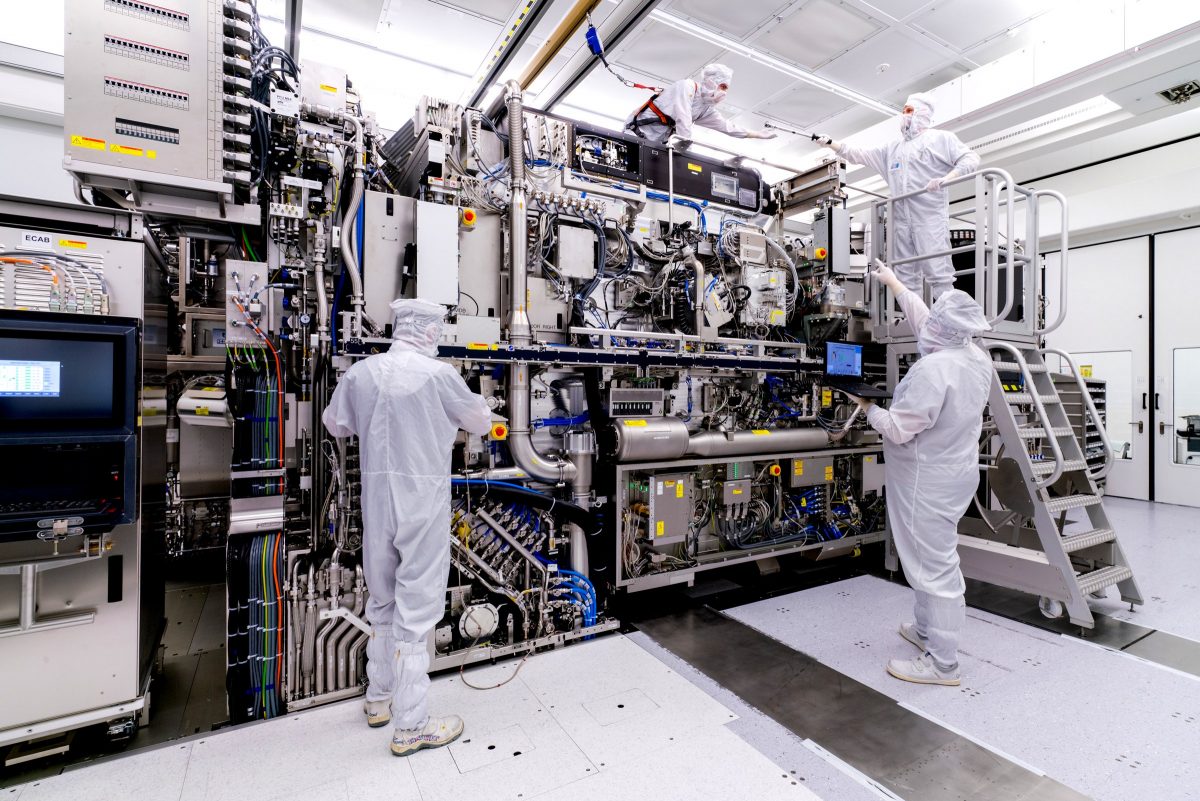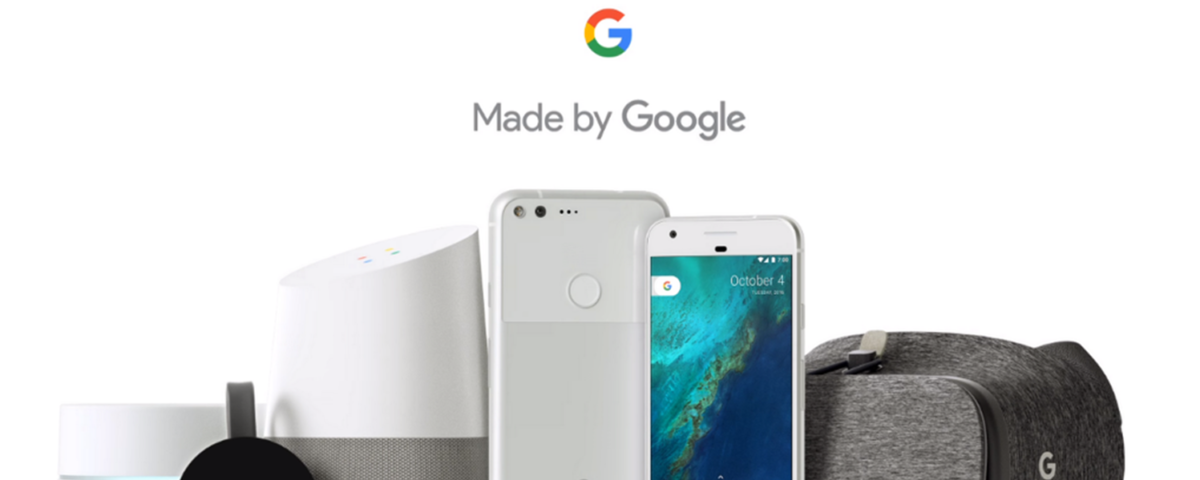
GPU shortages are not new, as many graphics cards like the top-end NVIDIA cards often immediately sell out. However, due to the extremely fast increasing cryptocurrency prices, demand for PC components has skyrocketed with the rise of cryptocurrency mining. As a result, graphics cards are going to disappear even faster and this could be a disaster for anyone looking to buy a graphics card for gaming. And it’s not only graphics cards, good processors (CPUs) are also very hard to buy at the moment as they can also be used to make a profit mining crypto. Most of the (financial) gains are made with GPUs, however. To make this even worse, prices of many components have more than doubled and there is no sign of this slowing down (Esteves, 2018; Walton, 2021).
Because of the problems I mentioned above, gamers now have to fight both bots and miners when they want to buy components for their PC. You could thus say that crypto and the technologies related to it are giving normal PC-gamers a hard time enjoying the things they like to do: play video games. My own experience with this problem, as someone who likes to play video games in his free time, is that you either have to pay a very high price or have to get extremely lucky. I have bought my current GPU 3 years ago for about €350 and at the moment it is going for about €700. Usually, I would be tempted to sell and make a profit. The problem, however, is that it will probably be near impossible to buy an upgrade, leaving me with no GPU at all (Esteves, 2018; Walton, 2021).
It is expected that crypto prices and effort needed to mine them will become balanced again. When that will happen and what price will come out of it is hard to guess, but for gamers the future is not looking very bright. Overall, it is difficult to find a solution to this problem. NVDIA could, for example, introduce buying limits of X products per person, but I assume this would be extremely complex and costly to implement for them and in the end NVIDIA’s main goal is to make money (Walton, 2021).
References:
Esteves, R. (2018, April 14). Bitcoin Mining Pressures Hardware Prices. Retrieved 6 October 2021, from https://www.newsbtc.com/all/bitcoin-mining-pressures-hardware-prices/
Walton, J. (2021, January 4). GPU Shortages Will Worsen Thanks to Coin Miners. Retrieved 6 October 2021, from https://www.tomshardware.com/news/gpu-shortages-worsen-cryptocurrency-coin-miners-ethereum



